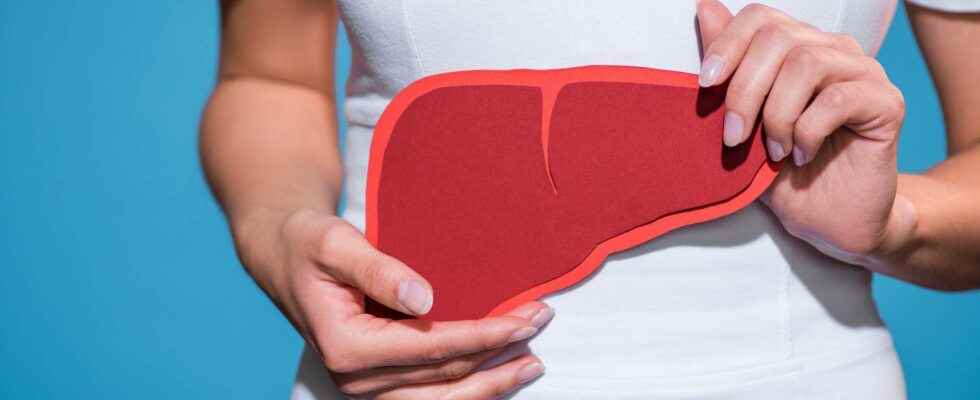Organ transplants are delicate operations that must be carried out as soon as possible to preserve the quality of the graft. A machine designed by Swiss doctors makes it possible to prolong the life of a graft, but also to improve its quality. For the first time, a man has been transplanted with an organ treated with this innovative device.
You will also be interested
[EN VIDÉO] A genetically modified pig’s heart successfully transplanted into a human In the United States, a terminally ill patient received a one-of-a-kind heart transplant: a humanized pig’s heart. The operation was successfully performed at the University of Maryland Medical Center in Baltimore. © University of Maryland
The Swiss company Liver4Life has developed a machine that could increase the duration of life and the quality of livers intended for transplantation. Zurich project investigators have just taken an important step. After showing that a liver could survive in their machine that mimics the human body for several days in 2020, they have just provided the results ofa liver transplant carried out in May 2021 on a volunteer suffering from cancer liver and on the waiting list.
A year later, the patient is fine and there are no signs of rejection. ” I am grateful for this organ that saved my life. Due to my tumor fast growing, I had little chance of getting a liver in a reasonable time », tells the patient. The details have appeared in Nature Biotechnology May 31, 2022. Indeed, the organ that was transplanted to him was considered too damaged to serve as a graft and was rejected from all hospitals.
A graft saved by a machine
The Liver4Life machine strives to imitate the human body and the conditions necessary for the survival of the liver as closely as possible, as if it were still there. A system of infusion supplies the graft with hormones and nutrients, a pump that looks like a heart ensures the supply of oxygen. A dialysis replaces the kidneys. Finally, the machine moves the graft as the diaphragm naturally would during breathing.
A passage of a few days in the machine made it possible to restore the damaged liver and make it graftable. ” Our therapy shows that by processing livers in the infusion machine, it is possible to alleviate the lack of functioning human organs and save lives. »
A first to be confirmed
If this first transplant is a success, it will take others, performed in hospitals, to confirm the effectiveness and safety of this approach. If this materializes, the liver transplant, which is often an emergency procedure since the grafts survive only twelve hours outside the human body before degrading, could be planned in advance. At the same time, the promoters of this project are working to create a new generation of machines.
Interested in what you just read?
